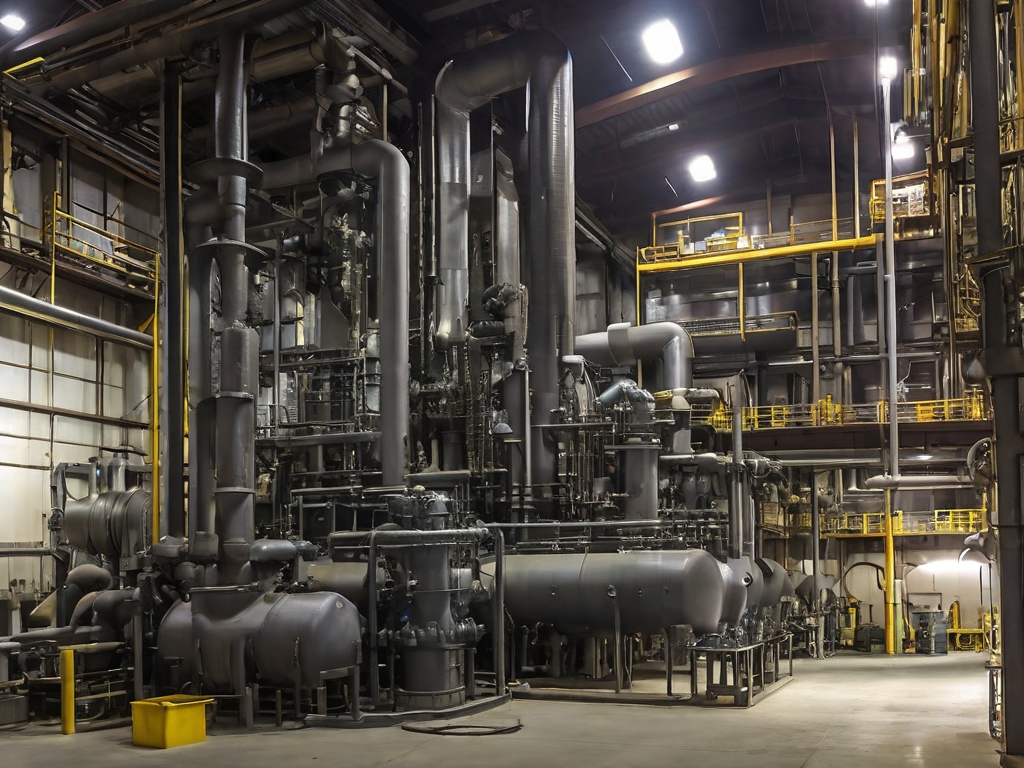Working in hazardous areas presents unique challenges and risks. Ensuring the safety and health of workers in such environments, especially with intrinsically safe devices, is paramount. This article, brought to you by the Intrinsically Safe Store, will delve into the key considerations for maintaining safety and health in hazardous areas. We invite you to visit our website to learn more about our commitment to safety in high-risk environments.
Understanding Hazardous Areas
Hazardous areas are defined as locations where fire or explosion hazards may exist due to flammable gases, vapors, dust, or fibers. Industries such as oil and gas, mining, chemical, and manufacturing often have hazardous areas. Potential risks in these areas can expose workers to serious injuries or even fatalities.
Key Safety and Health Considerations
Ensuring the safety and health of workers in hazardous areas involves several key considerations:
- Proper Training: Employers should adequately train workers on safety procedures, emergency response, and the use of safety equipment.
- Use of Safety Equipment: Personal protective equipment (PPE) and intrinsically safe devices are essential for worker safety.
- Regular Inspections: Regular inspections and maintenance of equipment can prevent accidents and ensure a safe working environment.
- Health Monitoring: Regular health checks can help detect early signs of health issues related to exposure to hazardous substances.
The Role of Intrinsically Safe Devices
Intrinsically safe equipment play a crucial role in ensuring worker safety in hazardous areas. These devices are designed to operate in explosive atmospheres without causing ignition. The Intrinsically Safe Store offers a wide range of these devices, from smartphones and tablets to gas detectors and lighting equipment.

Case Study: The Importance of Safety Training
A case study from the oil and gas industry highlights the importance of safety training. In 2010, the Deepwater Horizon oil rig explosion resulted in 11 deaths and significant environmental damage. Investigations revealed that inadequate safety training was a key factor in the disaster. This underscores the importance of proper safety training in preventing accidents in hazardous areas.
Safeguarding Workers in Hazardous Areas with Intrinsically Safe Devices
Ensuring the safety and health of workers in hazardous areas is a complex task that requires a comprehensive approach. Proper training, use of safety equipment, regular inspections, and health monitoring are all crucial elements. Intrinsically safe devices, such as those offered by the Intrinsically Safe Store, play a vital role in maintaining safety in these high-risk environments.
We invite you to contact us to learn more about our range of intrinsically safe devices and how they can help ensure the safety and health of workers in hazardous areas.


























